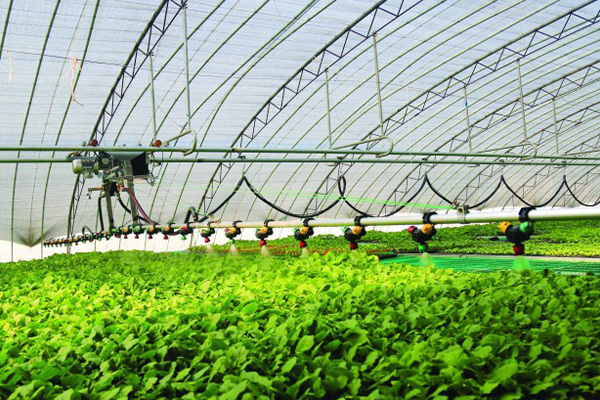What are the processing technologies of pesticide auxiliaries?
Release Time:
Jul 30,2024
Pesticide additives play a vital role in the preparation of pesticide preparations, they improve the physical and chemical properties of pesticides through different technical means, improve the activity, stability and application effect of pesticides.
Pesticide additives play a vital role in the preparation of pesticide preparations, they improve the physical and chemical properties of pesticides through different technical means, improve the activity, stability and application effect of pesticides.
1. Dispersion and emulsification technology
Dispersion and emulsification technology is one of the core technologies of pesticide additive processing. Dispersant can evenly disperse the pesticide in the medium to prevent its agglomeration and precipitation; The emulsifier can make the two phases of oil and water which are not mutually soluble form a stable emulsion. In the processing process, it is necessary to choose the appropriate dispersant and emulsifier according to the nature of the pesticide, and control the dispersion and emulsification conditions to obtain the ideal dispersion and emulsification effect.
2. Wetting and penetration technology
Wettability and permeation technology improve the wettability and permeability of pesticides on the surface of the target by adding wetting agents and penetrants. Wetting agent can reduce the surface tension of water and make it easier for pesticide to spread on the surface of target. The penetrant can promote the pesticide components to enter the target and improve the control effect. When selecting and using wetting agents and penetrants, it is necessary to consider their safety and environmental impact.
3. Efficiency enhancement and controlled release
Synergists can increase the biological activity of pesticides and enhance the control effect. The controlled release agent can make the pesticide release slowly on the target surface and prolong the efficacy period. In the process of processing, it is necessary to select appropriate synergists and control release additives according to the types of pesticides and the characteristics of control objects, and optimize the combination to achieve good control effects.
4. Safety and detoxification
The use of safety agents and detoxification agents is an indispensable part of the processing of pesticide auxiliaries. Safety agents can reduce the toxicity of pesticides to crops and non-target organisms, while antidotes can remove the potential harm of pesticide residues to the environment and organisms. In the process of processing, it is necessary to pay attention to the selection and use of safety agents and detoxification agents to ensure the safety and environmental protection of pesticide preparations.
5. Anti-drift and warning color technology
The anti-drift additives can effectively reduce the drift phenomenon of pesticides in the application process and reduce the pollution to the surrounding environment. The warning color technology makes the pesticide formulation easy to identify and manage by adding special colors or marks. The application of these technologies helps to improve the application effect and safety of pesticides and reduce the negative impact on the environment and ecology.
6. Interface polymerization processing
Interfacial polymerization is a technique for polymerization of two or more monomers at a two-phase interface. In the processing of pesticide additives, the technology can be used to prepare additives with special properties, such as microcapsules, nanocarriers, etc. The interface polymerization method can realize the protection and controlled release of the pesticide, and improve the utilization efficiency and stability of the pesticide.
7. In-situ polymerization processing
In-situ polymerization method refers to the technology of polymerization on the surface of pesticide particles or carrier directly to form one or more layers of polymer film. This method can enhance the dispersion and stability of pesticide particles and improve their wettability and permeability. In-situ polymerization method has the advantages of simple operation and low cost, and is suitable for large-scale production.
Key words:
Recommended News




